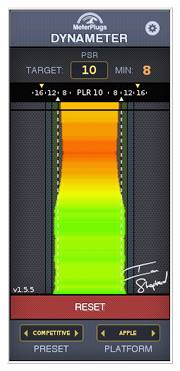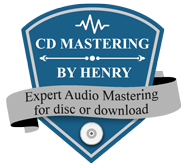
Music Loudness

Things have changed recently in the mastering world with regard to The Loudness Issue. Regarding streaming, the playback volume algorithms on the various leading platforms (like YouTube, Apple Music, Spotify, etc.) have changed. They will 'penalise' tracks that exceed their loudness specs by reducing their volume by an appropriate amount on playback. This means that going for maximum loudness by squeezing the dynamic range is unnecessary and actually results in the tracks sounding WORSE on playback than ones with a greater dynamic range. We use special metering so that we can see how your tracks will be treated by these sites and get them loud without squeezing the dynamic range too much.
With tracks destined for Vinyl, obviously there are no issues of algorithms to worry about. So going for maximum loudness is pointless, unless your music is likely to be played up against other vinyl tracks in a club environment. It makes sense to go for a dynamic sound that the cutting engineer can work with.
However, there may still be an argument for more loudness if the tracks are intended for CD or download and have to 'compete' up against others in their genre. So it's important for clients to have a clear idea of what they're going to do with their mastered tracks, as we need to take the destination format(s) into consideration when doing the mastering.
Normally, we'd go for a compromise that works fine for everything. But if you really want, for example, something that's super-loud on CD, but also works well on streaming or vinyl, then two different versions of each track might be necessary - which will mean that the two versions will inevitably sound slightly different, and it will involve extra charges!

